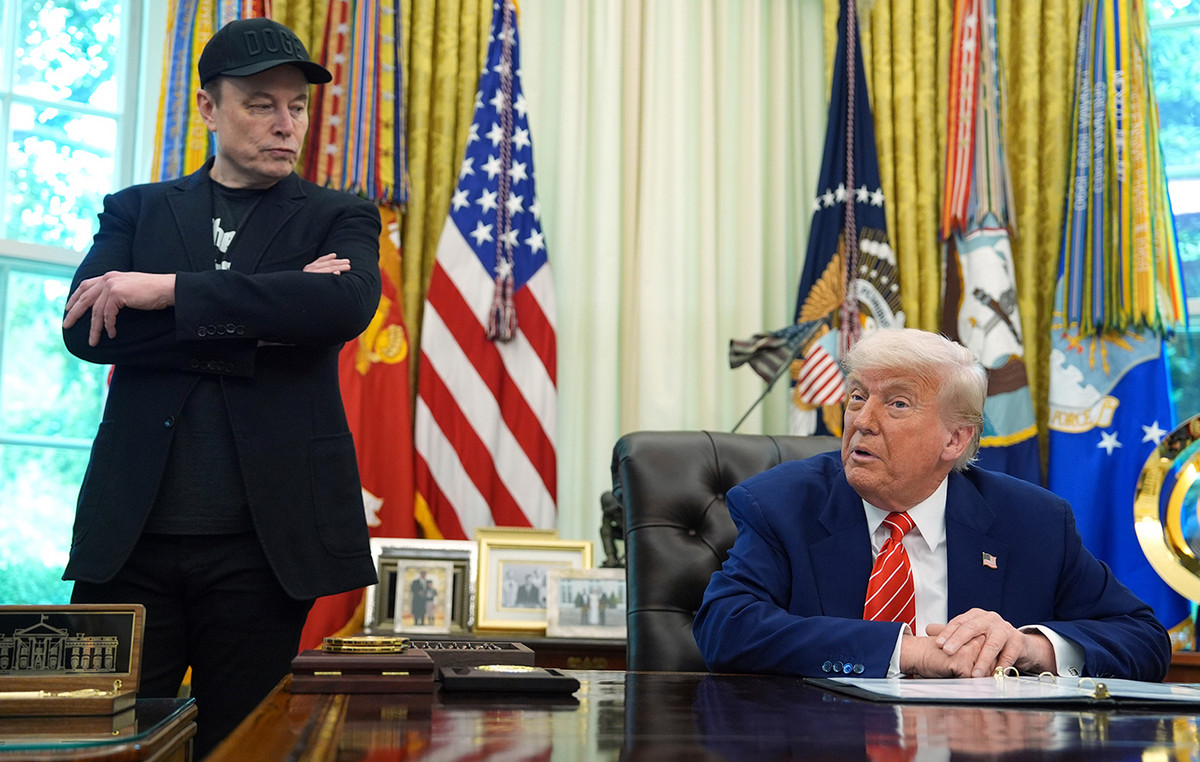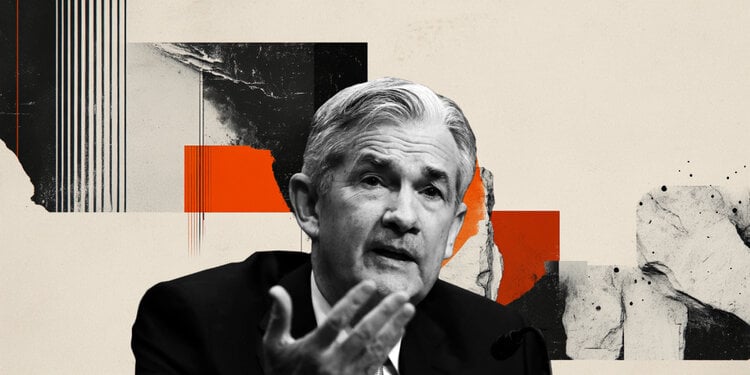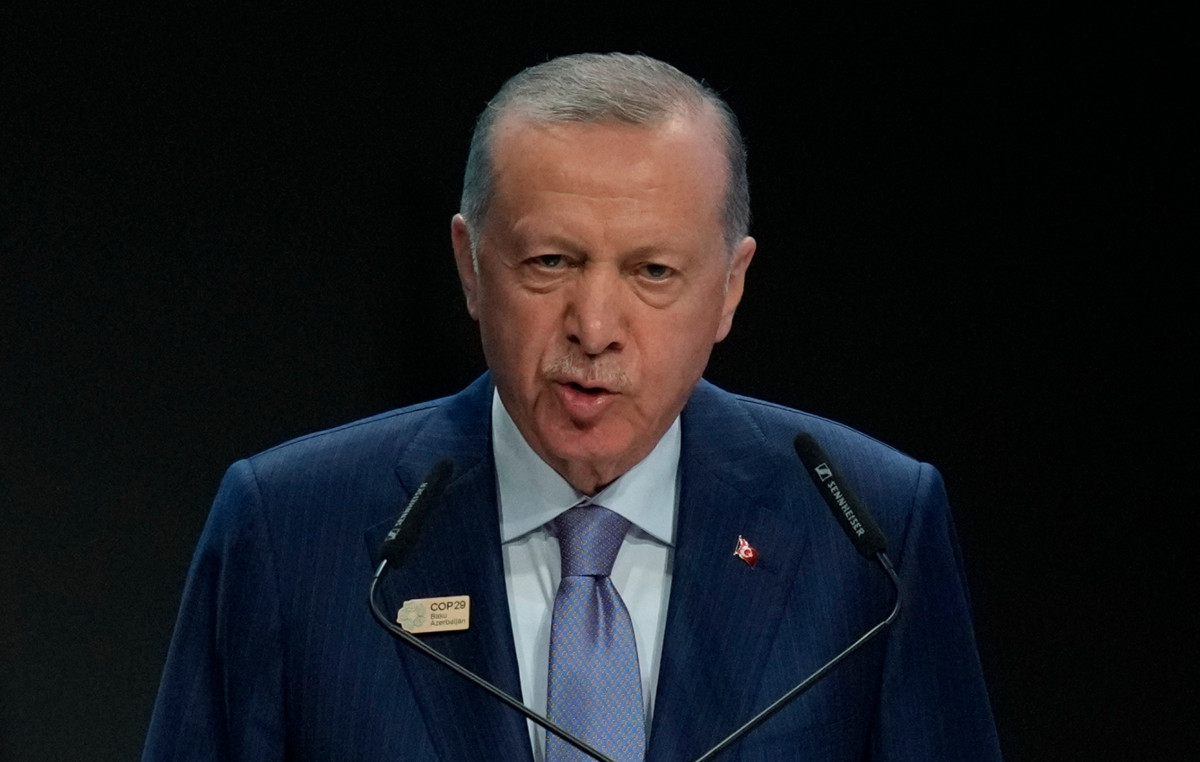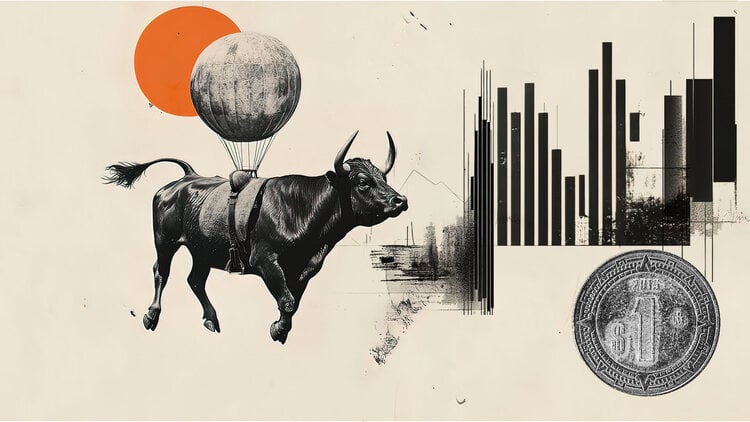The dollar operated in decline against other currencies on Monday (13) with high expectations that the Federal Reserve will be less aggressive with monetary policy, as the authorities intervened to limit the consequences of the sudden collapse of the Banco do Vale do Silicon (SIVB.O).
The US government announced several measures in early Asian trading, saying all SVB customers will have access to their deposits from Monday.
Authorities also said that depositors at the Signature Bank of New York (SBNY.O), which was closed on Sunday by New York state’s financial regulator, would be rescued without prejudice to the taxpayer.
The Fed announced that it would make additional funding available through a new Bank Term Financing Program, which would provide loans of up to one year to depository institutions, secured by Treasuries and other assets held by these institutions.
Market turmoil over the SVB collapse has led investors to speculate that the Fed will not raise interest rates by 50 basis points further this month. The focus will now be on Tuesday’s inflation data to gauge how aggressive the Fed is likely to be.
The dollar index, which measures the U.S. currency against six others, fell 0.55% to a near-month low of 103.67 after Goldman Sachs said it no longer expects the Fed to raise interest at its March 22 meeting. The index was last at 103.92.
The market is now pricing in a nearly 33% chance the Fed will hold its current rate and a 67% chance of a 25 basis point rise. In contrast, the market was pricing in a 70% chance of a 50 basis point rally before the SVB collapsed.
“There has been a sea change in interest rate expectations and in that scenario the dollar has weakened,” said Niels Christensen, chief analyst at Nordea.
“The reason we are seeing such a readjustment in interest rate hike expectations is the collapse of the banks. If we don’t see any expansion, expectations of rate hikes should be quickly revived.”
Meanwhile, the euro was up 0.67% to $1.0704, hovering near the one-month high of $1.0737 hit earlier ahead of the European Central Bank’s monetary policy meeting on Thursday.
“The ECB is still expected to post a 50bp rise,” added Nordea’s Christensen.
“The question is how much hawkish the ECB will be. We think they will signal that there will be more rate hikes to come.”
Safe currencies such as the Japanese yen and the Swiss franc have benefited from the fallout from the SVB.
The yen strengthened 0.8% to 133.88 to the US dollar, having hit a one-month high of 133.58 earlier in the session, while the dollar was down 0.6% against the franc to 0. ,9155.
The pound last traded at $1.2105, up 0.57% on the day.
The Aussie dollar rose 1.16% to settle at $0.6659 and was on course for its biggest one-day percentage jump since Feb. 1. Kiwi gained 1% to trade at $0.6195.
The two-year US Treasury yield, which normally moves in line with interest rate expectations, fell 23 basis points at 4.3575%, on course for its biggest three-day decline since Black Monday. in 1987.
Bitcoin and other cryptocurrencies soared over the weekend, with bitcoin at $22,357 and ether at $1,595.
Source: CNN Brasil
I am an experienced journalist, writer, and editor with a passion for finance and business news. I have been working in the journalism field for over 6 years, covering a variety of topics from finance to technology. As an author at World Stock Market, I specialize in finance business-related topics.







